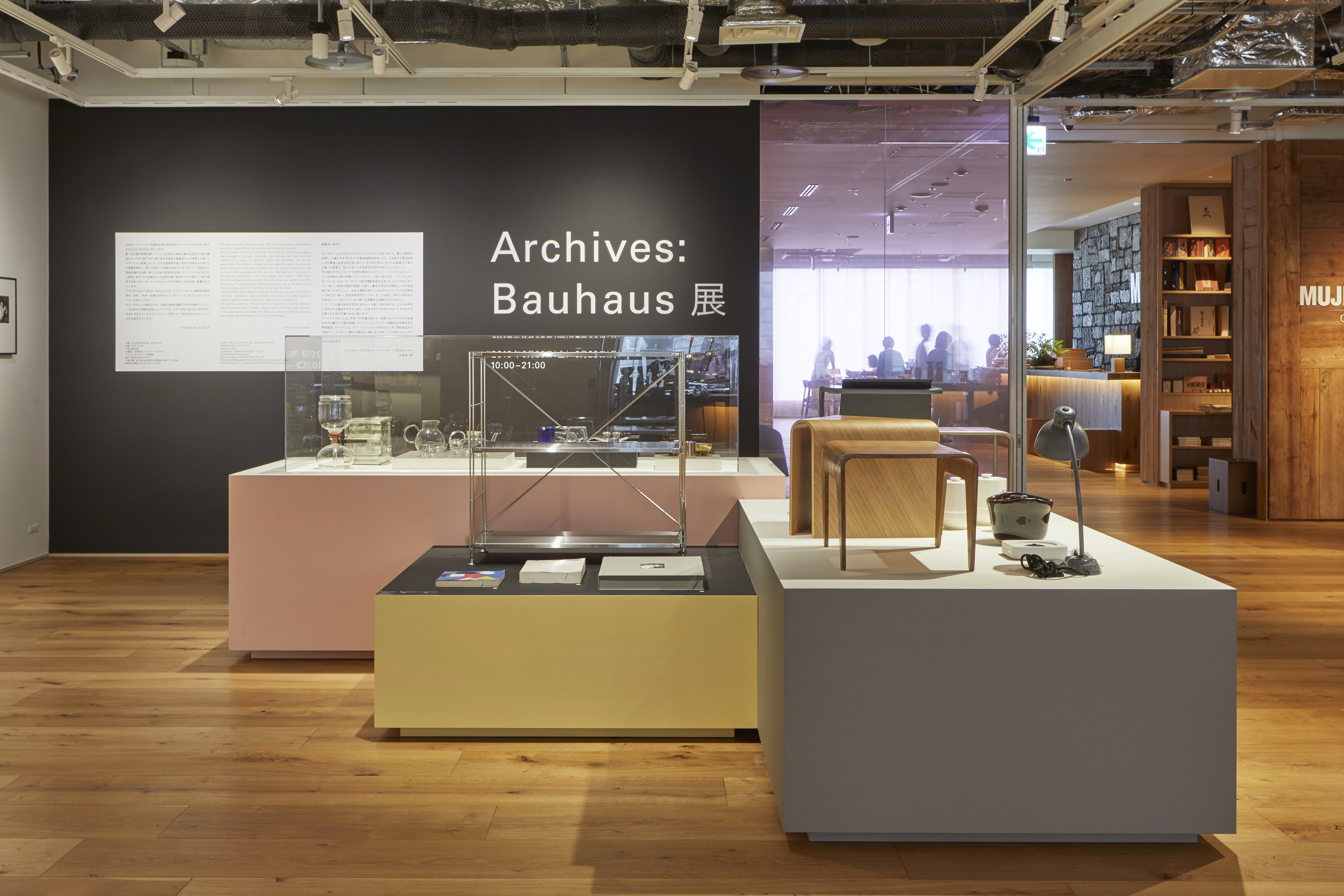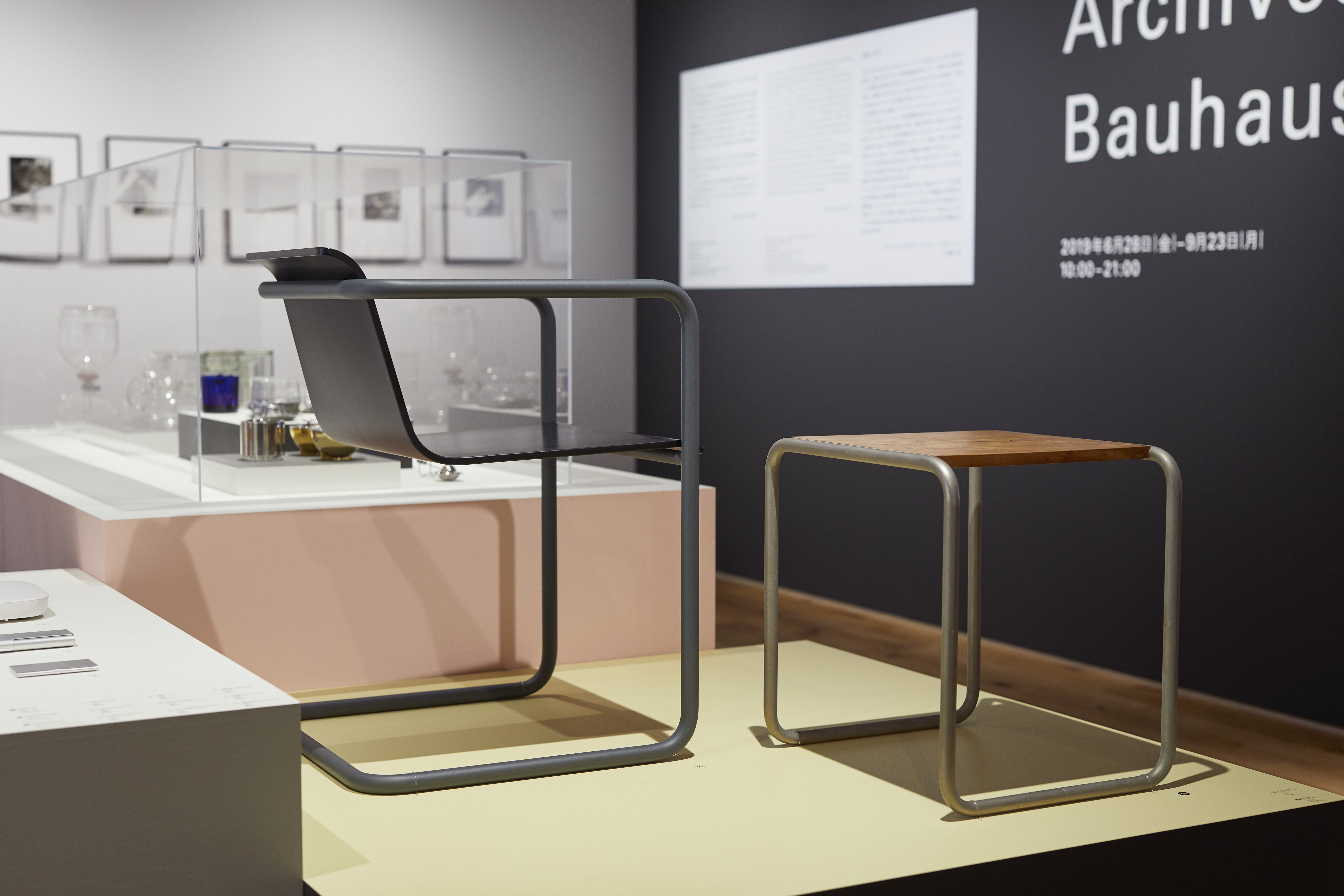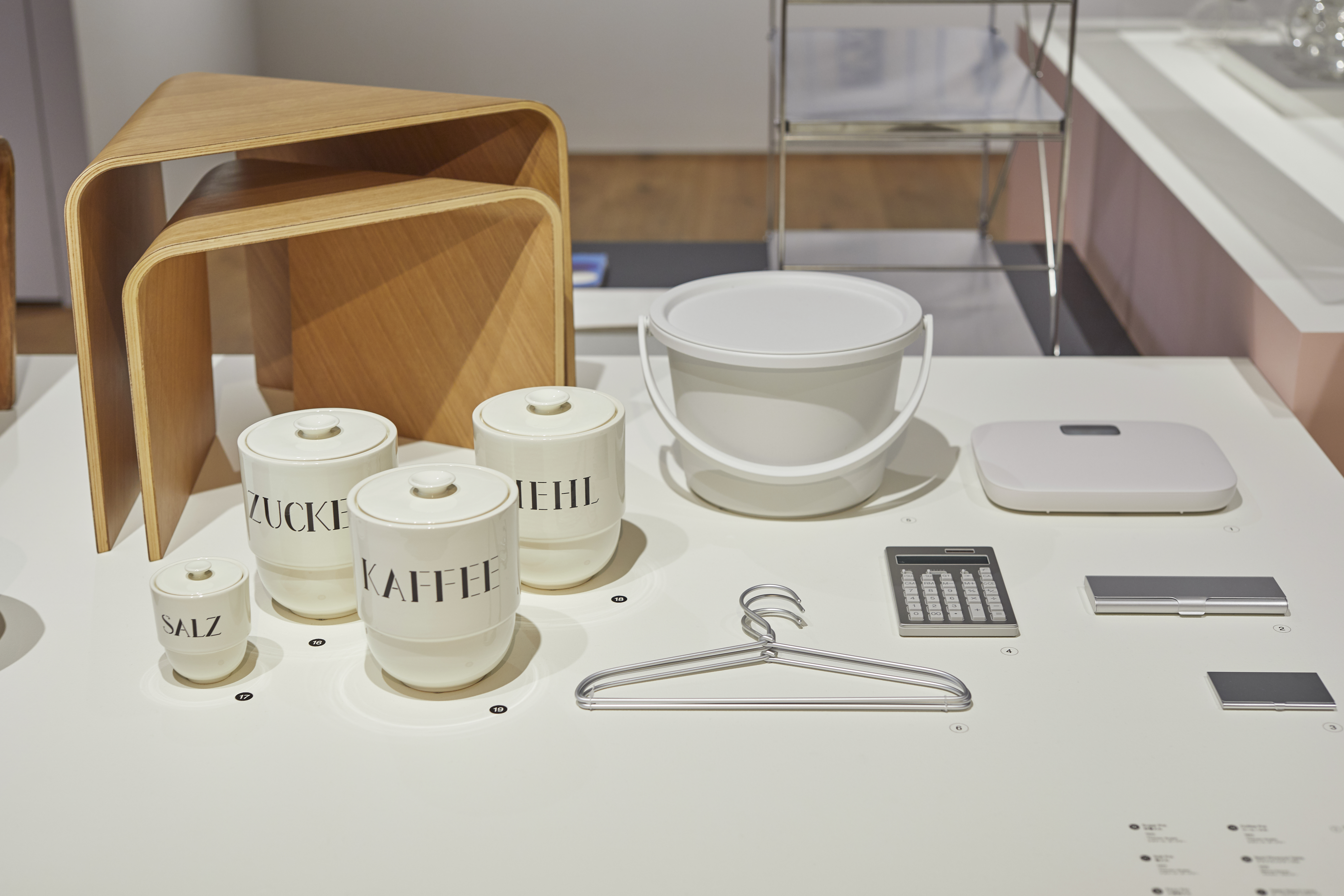「Archives: Bauhaus」 Friday, 28 June ~ Monday, 23 September 2019


This year marks the 100th year since 1919 when the Bauhaus, an innovative school for comprehensive art, was founded in Weimar, Germany.
After the defeat of the First World War, the mission to unite art and industry was fostered in Germany. Eventually, the Bauhaus was born from the initiative of a group of individual artists and architects, not by the government. The missions included solving issues of popular culture which were surfacing increasingly in Europe after the Industrial Revolution, and pursuing what was ideal for the new era. The Bauhaus, that aimed to facilitate the extensibility of the new society, was closed in 1933, when world politics became more chaotic. The school was only opened for a short period; just 14 years between the two world wars, yet it still has a strong influence today, not only in Germany, but all over the world.
ATELIER MUJI GINZA Gallery2 features the Bauhaus as part of a series of “Archives” exhibitions, each attempting to archive and exploit essential records related to design, passing on ideas to future generations.
The Bauhaus aimed to innovate with a unique form of school education spanning various fields in modern design trends. What has it been giving us in this past century, and what will it bring us in the future? These questions are handed over like a baton to us living in the present.
ATELIER MUJI GINZA
About this exhibition
I travelled through Germany as a part of the FOUND MUJI project in 2017. In our visits to various cities, I saw production processes in factories, and encountered craftsmen in their own workshops to see their working environments and technical skills. During these visits, I discovered their honest and careful working perspectives that we Japanese could identify ourselves with.
During this trip, our visit to the Bauhaus was particularly special. The Bauhaus is located in a town called Dessau about an hour away from Berlin. It is known for the airplane manufacturer, Junkers, that was based in the neighbourhood, and we assume that there was an atmosphere here of new movements arising from new technologies and ideas. The Bauhaus was an innovative art school that the world discovered for the first time in this tumultuous period. Here there were numerous experimental activities to improve our lives in future generations.
Although the Bauhaus and MUJI have different forms, as in a school and a company, there are many similarities between them in terms of creating new products and living styles that are needed for each period in time.
Archiving is a communicative act to pass something on to our future generations. This exhibition will focus on one of the most talented Bauhaus students, Marianne Brandt, showing her works such as photography and lighting appliances with some of Wilhelm Wagenfeld’s works, displaying them next to MUJI products by theme. I wish to reaffirm the importance of carrying through the project by sharing and learning from this archive with all the visitors here.
Founder/ Producer, Landscape Products
Shinichiro Nakahara
- Date:
- Friday, 28 June ~ Monday, 23 September 2019 *Same as MUJI GINZA store opening
- Opening times :
- 10:00 ~ 21:00
- Venue:
- ATELIER MUJI Gallery 2 (6F, MUJI GINZA),Admission free
- Organiser:
- MUJI
- Cooperation:
- Landscape Products, Co.,Ltd. / SPECIAL THANKS. HIROAKI NARITA, TAKASHI KATO, TAKAYUKI MINAMI, TETSUO IZUMI, VELVET THE SHOWROOM
- Graphic design :
- Rie Shimoda
- Site construction :
- TOKYO STUDIO CO., Ltd.
- Planning and Management:
- Household Division / Household Design, Ryohin Keikaku Co., Ltd. and ATELIER MUJI (MUJI GINZA)
- Address :
- ATELIER MUJI GINZA, 6F MUJI GINZA, 3-3-5 Ginza, Chuo-ku, Tokyo, 104-0061





